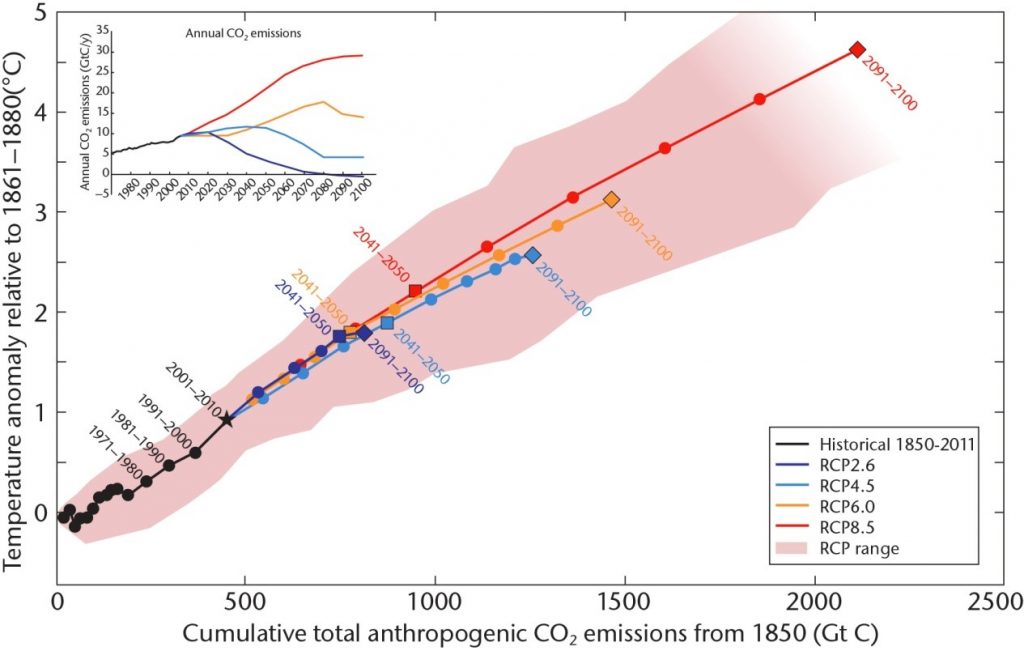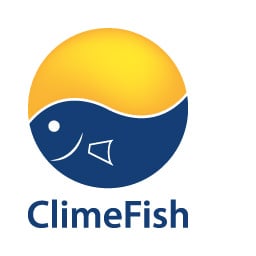Climate Changes
The world is changing rapidly with climate change as the greatest threat. The environment is in danger to deteriorate and resources runs out or are poorly exploited. These processes affect and impair food production, at a time when the need to rather increase production as a result of increasing population growth, is urgent.
FAO has calculated that we must increase food production by more than 70% to feed the expected population of 10 million people by 2050. Meanwhile, calculations for grain, also from FAO, show that climate change, climate-related disease outbreaks and lack of resources will rather cause a lowered production compare to current standard. Land-based food production is the sector accounting for the biggest climate impacts and further growth in this sector combined with sustainable development is not possible at the moment. Thus, hopes and expectations for increased food production lies in the ocean. Only 2% of consumed feed in the world originates from the oceans. However, with 85% of the world’s fish species already utilized to the maximum, growth must come from innovative solutions, strict management and novel aquaculture in new and different variations.
In what extent climate changes will affect food production is currently unknown, but a number of reports and publications indicate that the challenges will be many and severe. In order to prepare for what is coming, exploit opportunities and limit the damage, it is important to have good knowledge and proper tools.

You can read more about the IPCC scenarioes here.
In 2015, the UN launched 17 sustainability goals that aim at eradicate poverty and hunger, protecting the planet, achieve full equality and ensure prosperity for all. One of the aims is to ensure sustainable consumption and production of food, where “Sustainable production means to reduce the use of resources, environmental destruction and greenhouse gas emission. In the long term this will lead to economic growth, mitigate climate change and improve the lives of people on Earth”. In November 2016, the new climate agreements was ratified during COP22 in Marrakech, where we all committed to try to reach the goal of no more than two degrees of global warming. The goals of COP22 and UN sustainability goals will be key focus areas in policy making the next coming years. To achieve maximum two degrees warming, global greenhouse gas emissions should peak as soon as possible and decrease rapidly thereafter. Different scenarios are calculated by the International Panel of Climate Change (IPCC). ClimeFish are using these scenarios to calcuate the effects of climate changes on fisheries and aquaculture in Europe towards 2050.
To secure food and nutrition security for the growing human population, it is a priority to understand the effects of climate changes. The impacts of climate change can be addressed through adaptation and mitigation. ClimeFish is working on the impacts that climate change will have on the most important and the less resilient species in the marine and freshwater production sectors of fisheries and aquaculture. Results obtained during the ClimeFish project will help us to better prepare for what may be the outcome of the climate changes in these sectors, exploiting possibilities and reducing negative impact.
ClimeFish is now at Climate-ADAPT, where you can read more about strategies taken in accordance to climate changes in Europe. One of the most important outputs of ClimeFish is to produce vulnerability maps that identify hotspots and most affected regions in Europe. These maps can be used to guide investments in adaptation, provide guidelines for adaptation and help to decide best management plans.
Learn more about how climate change affect the ocean and how it is expected to affects the three sea food producing sectors evaluated in ClimeFish; fisheries, aquaculture and lake&pond.
